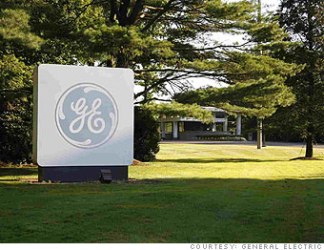
Greentech Lead America: GE has launched its Integrated
Pump and Energy Recovery (IPER) system.
GE claims that this is a major engineering innovation.
IPER system is designed to solve a major technical hurdle
for larger desalination facilities by reducing the energy demands associated
with pumping water by at least 10 percent.
GE announced its breakthrough IPER solution during the
2012 Singapore International Water Week in Singapore.
According to GE, energy efficient positive displacement
(PD) pumps achieve significant energy savings in smaller desalination
operations. Modest improvements to large, conventional centrifugal pumps have
been able to deliver incremental energy savings.
IPER enables GE to offer a new positive displacement pump
system that will significantly lower energy requirements for large desalination
plants.
Water and Sewerage Corporation, a desalination facility
in Tarpum Bay, Bahamas, has installed a pilot IPER system to further
demonstrate the efficiency and reliability of the technology.
“IPER is designed to offer customers reliable uptime for
their packaged desalination water treatment plants while reducing their energy
costs in a significant and quantifiable way. IPER represents a major economic
and technical break-through that is poised to help desalination operators play
an even greater role in addressing the world’s mounting water scarcity
problems,” said Heiner Markhoff, president and CEO – water and process
technologies for GE Power & Water.
Lower-capacity desalination plants have often utilized PD
pumps because of their high efficiency and availability. These small pumps are
based on the use of a fixed geometry and either rotating axial pistons or
crank-driven pistons to pressurize water in the chambers. Previous larger PD
pumps have either featured a larger crankshaft or high crankshaft speeds to
overcome these mechanical challenges. Due to the larger size and operating
speeds, these solutions have led to significant vibration and maintenance
issues.
IPER solves these problems by eliminating the crankshaft
and replacing it with a unique hydraulic drive system for both functions. This
hydraulic drive powers three double acting pistons in the water displacement
unit and does this at very slow cycle speeds as compared to traditional PD
pumps.
These innovations allow larger SWRO systems that today
use less efficient centrifugal pumps to incorporate IPER positive displacement
pumps in the future. Since positive displacement pumps are typically used on
systems with a capacity of less than 1,000 m3/day, this offers opportunities
for any plant of 1,000 m3/day or larger to achieve substantial energy savings.
